#House of Romanov
Text

Portrait of Sophie Dorothea of Württemberg, Grand Duchess of Russia. By Alexander Roslin.
#alexander roslin#die romanows#house of romanov#zarenreich#tsardom of russia#sophie dorothea of würtemberg#grand duchess#full length portrait
113 notes
·
View notes
Text


A delightful photo of little Grand Duchesses Olga Nikolaevna and Tatiana Nikolaevna of Russia with their auntie, Grand Duchess Elena Vladimirovna, circa 1898-1899. <3
#romanov#romanovs#olga nikolaevna#tatiana nikolaevna#house of romanov#grand duchess elena vladimirovna#old royal#old royals#old royal photos#royal#royal photos#russian imperial family#russian empire#late 19th century#19th century#the big pair#olga and tatiana#romanov relatives#royal relatives
76 notes
·
View notes
Text

@napoleonic-sexyman-tournament Look what I found on pinterest (I wish I knew who made it but alas). <3
72 notes
·
View notes
Text

Olga and Anastasia Nikolaevna.
#saints#orthodox christianity#icon#die romanows#zarenreich#tsardom of russia#house of romanov#grand duchess#olga nikolaevna#anastasia nikolaevna
111 notes
·
View notes
Text
Fabergé Eggs

Fabergé Eggs, perhaps considered one of the most famous examples of exquisite and luxurious craftsmanship to this day.
Fabergé eggs were originally commissioned by the Russian Imperial family in the late 1800s AD.
Tsar Alexander III (10 March 1845 – 1 November 1894) wanted a richly jeweled egg as an Easter gift for his wife, so Russian jeweler Peter Carl Fabergé (30 May [O.S. 18 May] 1846 – 24 September 1920) got to work and produced very first Fabergé egg in 1885 AD.
And like Easter eggs you may find hidden in your shrubs or gutters, these eggs were also intended to contain a surprise inside.
Initially, the first Fabergé egg was to contain a diamond ring, but after specific instructions given by the Emperor, the egg could be opened to find a ruby pendant instead.
Over the course of the next two decades, ten eggs were produced for the family during Alexander III’s reign, starting a dazzling tradition that his son Nicholas II (18 May [O.S. 6 May] 1868 – 17 July 1918) would carry on for his wife and his mother every Easter.
The popularity of eggs-travagant gifts spread well beyond the Imperial family, and soon, other wealthy families began commissioning their own eggs.
The eggs then began to represent great wealth and luxury that owning a Fabergé egg was considered a status symbol.
And with the skill level and time that it took to craft up just one Fabergé egg – up to one year per egg – it’s no surprise they come with such a high value.
The intricate Fabergé egg-making process began by creating a design for the egg and then the outer shell would start to come to life.
The team of goldsmiths would craft the eggs out of precious metals like gold or silver.
They were each decorated with intricate engravings, filigree work and other decorative elements.
And while his competitors used a standard palette, Fabergé wanted to experiment with more colors.
He created resplendent yellows, mauves, and all shades of greens — coming up with over one hundred and forty new colors.
Just as important as its exterior, the Fabergé egg’s interior was given just as much attention to detail.
A team of jewelers would work on creating a surprise to be hidden inside the bejeweled shell.
These surprises could be anything from miniature portraits of the recipients’ husbands to tiny replicas of famous landmarks.
The artists behind these miniature works of art were some of the best miniature painters, sculptors and engravers of that time who used a variety of material, including enamel, precious stones and even hair to create their work.
Finally, once all of the intricate pieces were complete, they were assembled by a team of skilled craftsmen to create the final product.
The egg was then presented to the recipient and would become a treasured family heirloom for years to come.
Unfortunately, the House of Fabergé was forced to close its doors during the Russian Revolution in 1917.
Fabergé and his family fled Russia.
Many of the Fabergé eggs were sold, lost or smuggled out of Russia during this time, but now, many of them are housed in museums like the famous Fabergé Museum in St. Petersburg, Russia.
However, history came full circle when in 2007, with new ownership and direction, the company announced the reunification of the brand with the Fabergé family.
This new chapter set the stage for a total revitalization of the Fabergé name and philosophy, which are in tune with its original values and spirit.
#House of Fabergé#Fabergé Eggs#Russian Imperial Family#Tsar Alexander III#Peter Carl Fabergé#Easter eggs#Tsar Nicholas II#Russian Revolution (1917)#Fabergé Museum#St. Petersburg#Russia#craftsmanship#family health#status symbol#jewelries#House of Romanov#Easter#Happy Easter#Easter Sunday#Resurrection Sunday#eggs
41 notes
·
View notes
Text

#and every one of us thought we’d be the one to discover/figure out something unknown about them#*cough* the incredibly delulu phase of thinking we’d find proof of them escaping *cough*#<- I know for a fact that we all thought of something like that at least once#the romanovs#the romanov sisters#romanov sisters#house of romanov#olga romanov#tatiana romanov#maria romanov#anastasia romanov#whisper
116 notes
·
View notes
Text
no Russian emperor crowned after 1800 can introduce successful reforms. All they know is censorship, be depressed, support old crusty European monarchies, mary Germans and lie
#not you Paul you never did anything wrong and love you#alexander i#nicholas i#alexander ii#alexander iii#nicholas ii#yeah xix century russians knew like 2 names#history#tsar alexander i#romanovs#house of romanov
19 notes
·
View notes
Text
“Yesterday I received your dear letter with great joy; it made me completely happy. From the bottom of my heart I thank you for every living kind word! My thoughts are always next to you, my beloved Sasha , what I wouldn’t do to have you next to me now. I miss you so much, I’m never calm when I’m away from you... I suffer and I’m sad,
I’m looking forward to our meeting with such impatience!”
Empress Maria Feodorovna to Emperor Alexander III, June 5, 1891
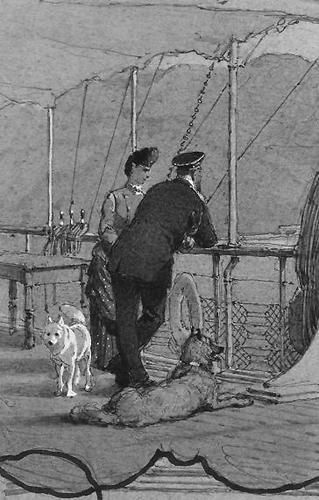
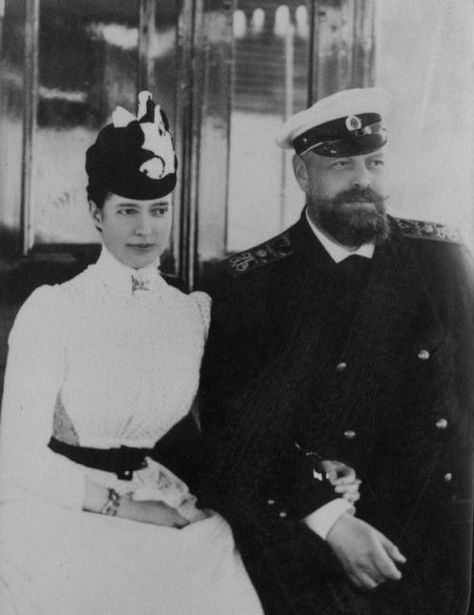
#history#russian empire#imperial russia#royalty#czar alexander iii#tsar alexander iii#maria feodorovna#dagmar of denmark#romanovs#house of romanov#otma#otmaa#lovers#love
16 notes
·
View notes
Text
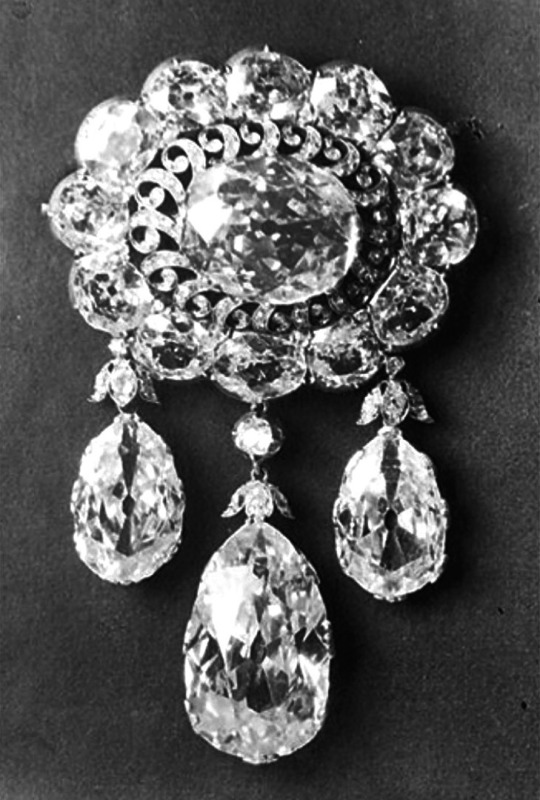
Empress Alexandra Feodorovna’s pink diamond brooch, c.1835.
12 notes
·
View notes
Text
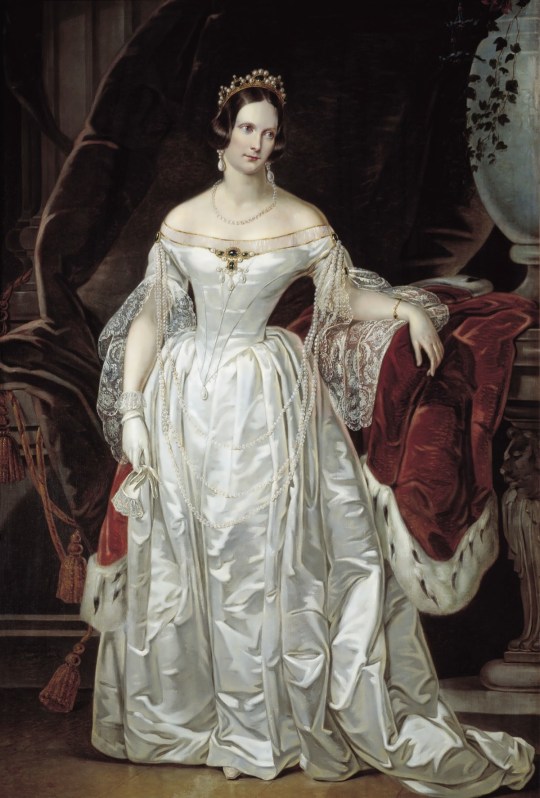
Karl Y. Reichel (Russian, 1788-1857) • Portrait of Emperess Alexandra Federovna • n/d • State Art Museum, Irkutsk
#la robe blanche#women in white#art#painting#white dress#portrait#women in paintings#russian art#russian painter#karl reichel#19th century art#house of romanov#russian royal family#russian empire#russian empress#portraiture#portrait painting
33 notes
·
View notes
Text
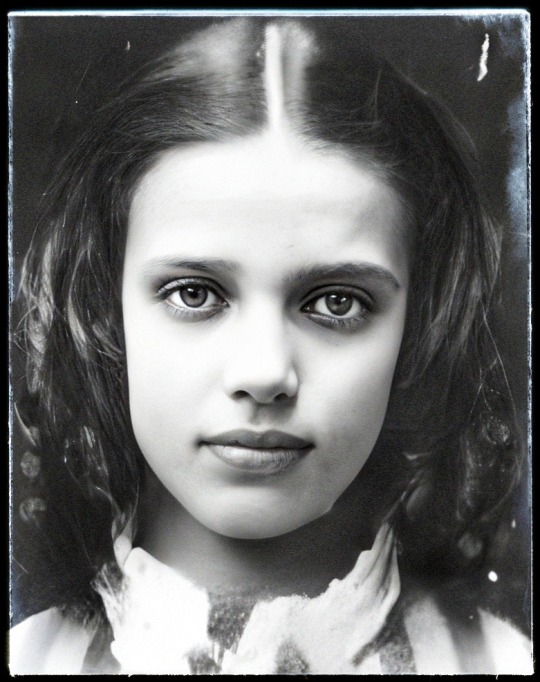
🌸🌹🌸... Princesse Dagmar du Danemark, elle deviendra Tsarine de Russie en épousant le futur Alexandre III.... 🌹🌸🌹
17 notes
·
View notes
Text
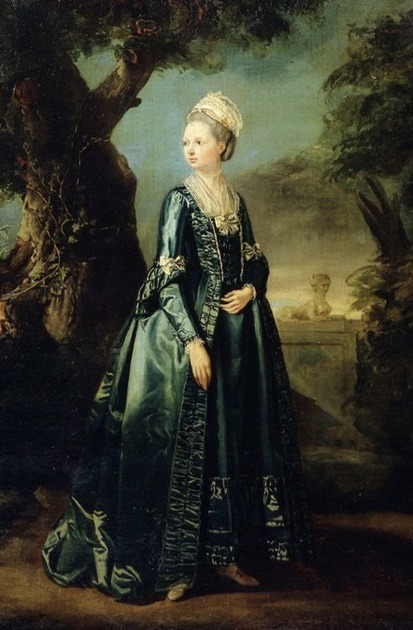
Portrait of Natalia Alexeievna of Russia (1755-1776), wife of Paul I of Russia. By Peter Falconet.
#peter falconet#die romanows#house of romanov#zarenreich#tsardom of russia#grand duchess#natalia alexeievna#full length portrait#full-length portrait#pushkin museum of fine arts
15 notes
·
View notes
Text
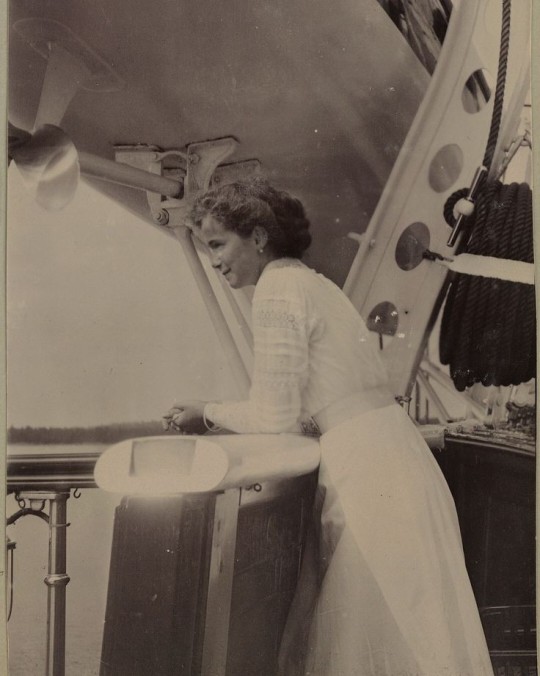
Grand Duchess Olga Nikolaevna of Russia on the Imperial yacht Standart, 1912.
#olga nikolaevna#grand duchess olga#romanovs#house of romanov#romanov dynasty#standart#the imperial yacht#imperial yacht standart#russian imperial family#russian royalty#imperial russia#russian empire#rossiya#russia#1910s#1912#grand duchesses#she's 🥰😍
90 notes
·
View notes
Text

@napoleonic-sexyman-tournament More propaganda from Pinterest (again, not my work)
56 notes
·
View notes
Text
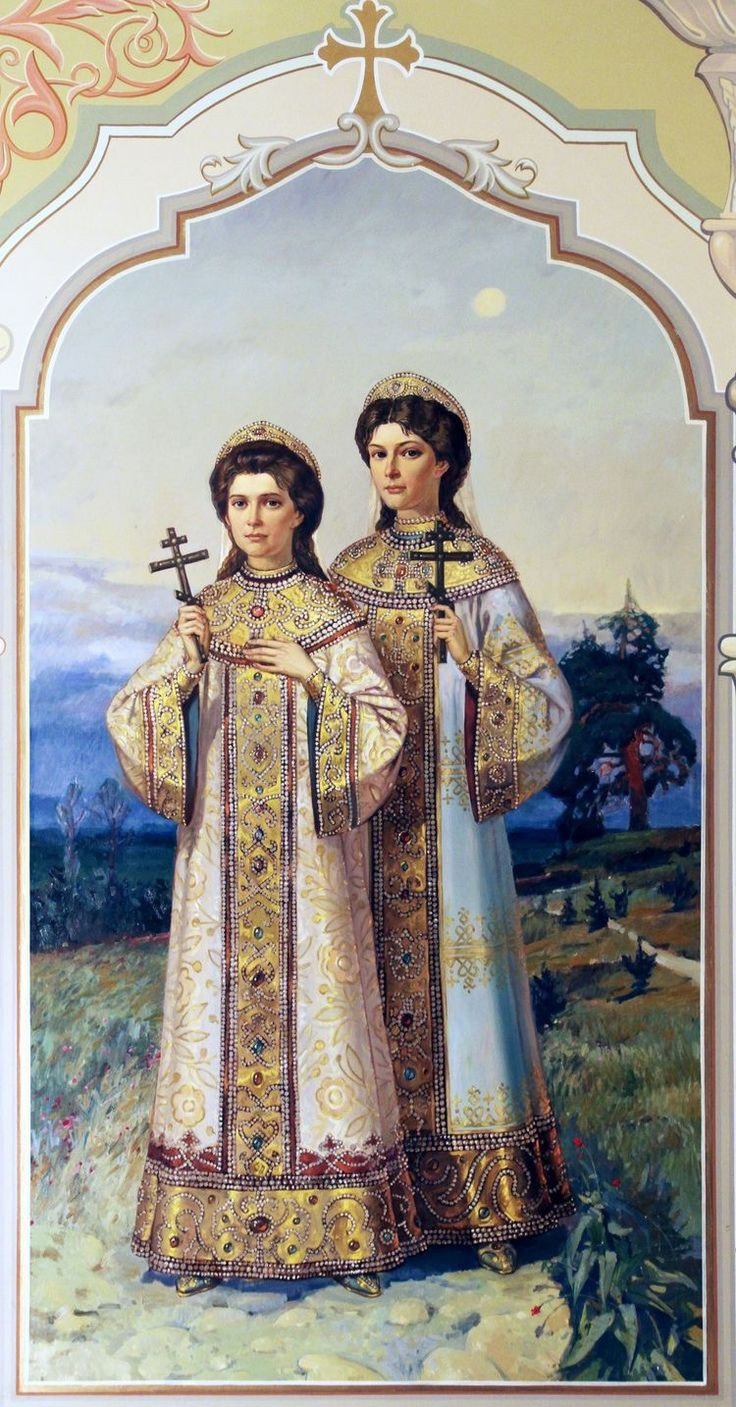
Tatiana Nikolaevna and Maria Nikolaevna.
#die romanows#zarenreich#grand duchess#maria nikolaevna#tatiana nikolaevna#house of romanov#tsardom of russia#icons#orthodox christianity#saints
75 notes
·
View notes
Text

Empress Elizaveta Alexeievna of Russia
#empress elizaveta alexeievna#russian imperial family#imperial russia#russian history#house of romanov
8 notes
·
View notes